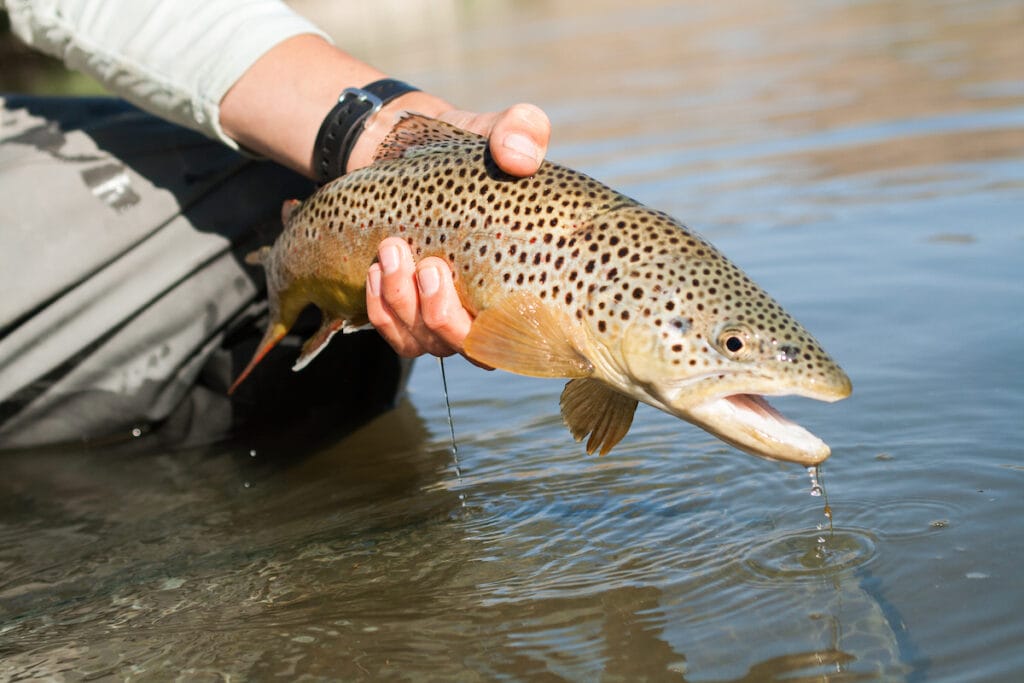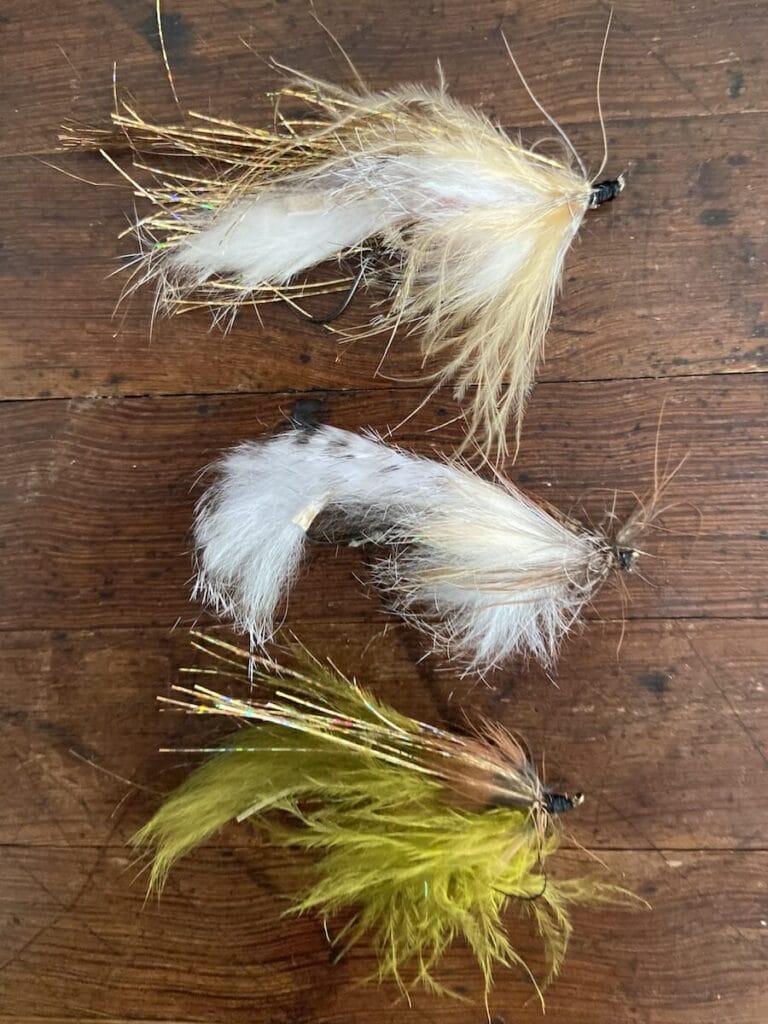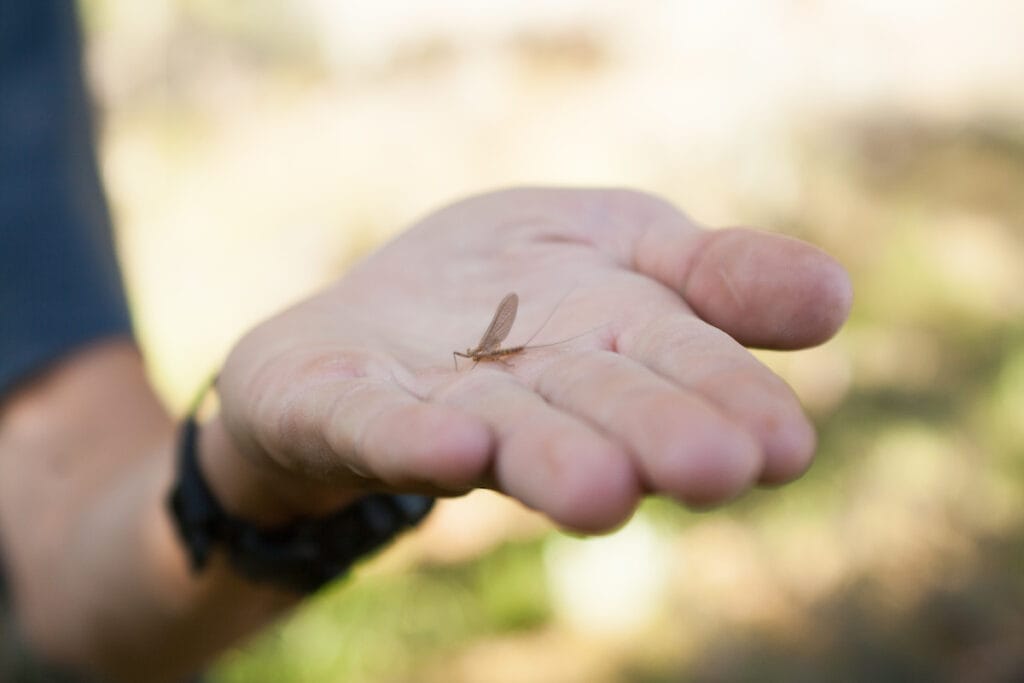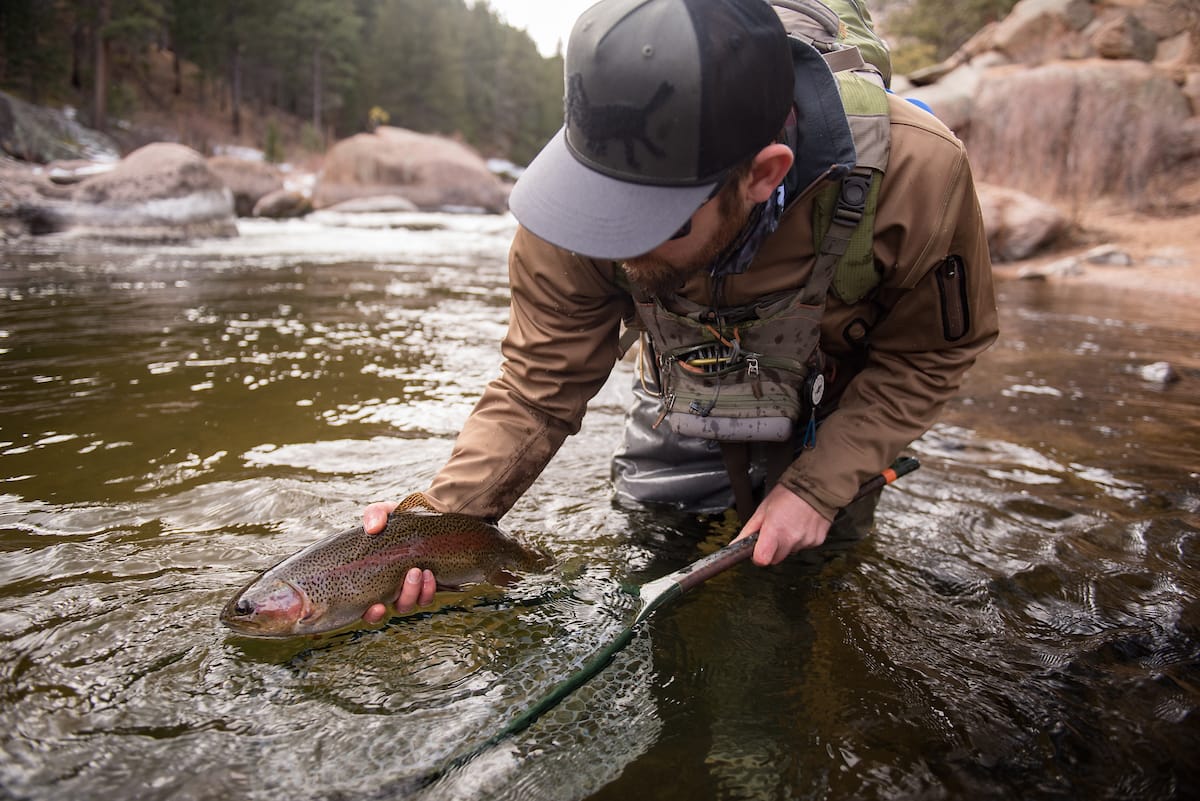I absolutely love fishing with streamer flies. After all, streamers elicit a predatory response, particularly when trout fishing. Streamers are what turn a trout’s instinct dial from meek and mild dun sippers and nymph inhalers to full-on carnivorous beasts.
And mouse flies! It’s one thing to hear a trout crash on a fly at night, and quite another to see the fish shoot off the bank like a torpedo to crush a mouse in the middle of the river during daylight. I used to think all trout were skitterish, finicky flaky feeders until I spent a few weeks in Alaska throwing mouse flies at native rainbows in the middle of the afternoon. A few years later I went to Kamchatka in Russia and saw the same circus, cranked up by a factor of ten.

That instilled in me a belief that trout naturally want to be aggressive feeders. It’s when they get the tar beaten out of them, over and over, that they skulk into less aggressive feeding habits. Sure, on certain tailwaters like the South Platte in Colorado and the San Juan in New Mexico, the river is a factory for certain types of food—small baetis, midges, etc.—and so it makes sense that the trout key on tiny little flies like RS2s, black beauties, and the sort. But I wonder if nobody fished at Deckers for a few years, and the first person who did get to fish the river after the hiatus decided to throw a big, juicy mouse fly in the middle of the river, would a trout eat it? In eight seconds or less, I’d bet.
Of course, you can test the theory any time by hiking far off pavement and finding a babbling little creek or hidden pond somewhere. The little blue lines on the map might not hold giant fish, but the fish they do contain usually aren’t that picky. I’ve decided that I like rivers where you don’t really have to match the hatch (because just about any fly that floats will catch a fish) might be my favorite places to fish now. I like rivers where you can throw #12 Yellow Humpies, and Royal Wulff flies all day long—places where a good cast is rewarded.

I’ve heard nymph fishing described as “three-dimensional” chess, and that doesn’t seem far off to me. Getting the fly to drift in the right zone is clearly an art, and there are times when knowing how to pull that off is the difference between getting skunked and making your day. But nymphing is an exercise in physics. Bonk ‘em in the bean, and there’s a good chance they’ll eat it. Whether you can sense that and set the hook in time is the challenge.
Dry fly fishing is purely an exercise in biology. You’re trying to match the food as it happens, and if you can do so, you trick instinct… if you can make the cast.
Streamer fishing seems to be a mix between the two—part biology and part physics. I think that’s why streamer devotees are typically pretty twisted types. I can say that because I walk amongst those ranks fairly regularly.

All fly-fishing techniques for trout are interesting at different times for different reasons, and it’s silly to argue that one is better than others, even in the context of how much “catch pressure” that places on a fishery. But I think it is fair to wonder if anglers’ collective reliance on one type of fishing over others affects the behavior of trout as much as some people think it does.
How would you feel about a “streamer only” section of a river as an experiment? How about “dry fly season” and “nymph season” on the same river?
I doubt any of that will happen any time soon, but it’s fun to ponder.



